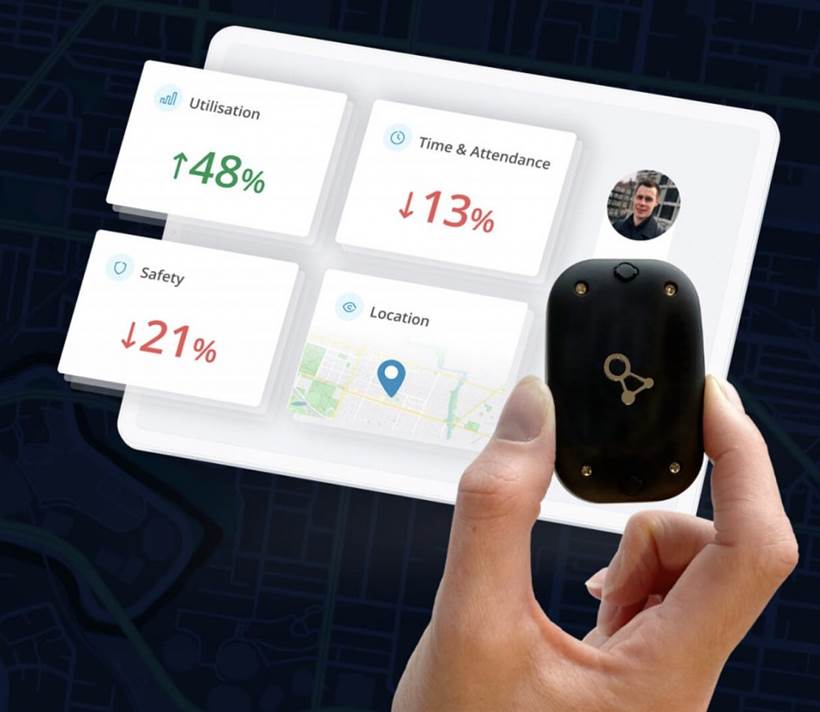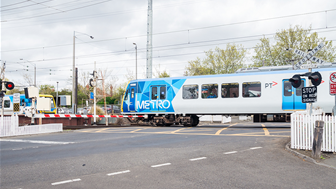When your organisation has 60,000 assets located in 67 offices spread across Australia, performing asset audits comes with certain expectations: locating and identifying everything is going to take a very long time, it will be an incredibly expensive, manual process, the tolerance levels for device attrition will be extremely high and tracking down lost or stolen items, that might have vanished long ago, will often be a forlorn task.
IoT aficionados will naturally identify this as a problem that the Internet of Things can fix, but with so many fragmented options in the market, which works best?
Australia’s iottag is a company that focuses on addressing this problem. It’s ‘next-generation’ asset-tracking system, Atlas, utilises a variety of hardware technologies to physically track and locate devices and bespoke software to collect and analyse the data. It all amounts to a one-stop, seamless, indoor-outdoor tracking solution that can be tailored to any asset auditing need.
As we’ve seen in other industries, like construction, the new data doesn’t just immediately deliver cost savings through eliminating manual tasks with automation, it can be analysed to deliver behavioural insights and subsequent efficiencies that weren’t available before.
Bluetooth tracking
One of iottag’s major government clients actually has sixty thousand assets spread around 67 offices within Australia with a typical item being an employee laptop. Each device sports a low cost Bluetooth Tag which communicates with sensors on each departmental floor. Each Bluetooth Tag is similar to a quarter-size credit card and has a battery life of three years. In many instances, that represents the working life of the device.
Each has a scannable QR code which can be used to easily update the asset’s status – such as when an employee leaves and it passes on to someone new. And everything is performed in real-time. If a device is heading somewhere it shouldn’t, security protocols can be immediately and automatically activated.
GPS tracking
Another of iottag’s clients is a major car company with fleets of high value assets. Each is outfitted with both Bluetooth and GPS tracking. The Bluetooth tracking is particularly useful indoor when an asset is being serviced as it can be tracked through various stages of servicing and this, in addition to identifying room level location, can be used to identify bottlenecks in workflows.
Once outside the GPS location tracking kicks in. However, the system can also, automatically provide alerts to ensure that an asset is either returned within the agreed, set, time-frame or that it’s where it’s supposed to be on time.
Knock-on benefits
Ultimately, iottag has multiple devices for multiple use cases but the common denominator is that they’re all assets which can be tracked by the Atlas system. At the basic level it tells partners, what’s in the warehouse, what’s outside of the warehouse and where it is now. This top-level oversight can then be used to improve operational efficiency.
Tracking also offers the ability to identify asset utilisation. This reduces hoarding and enables customers to manage their asset groups more efficiently.
Another major cost saving comes from security – it becomes far easier to locate an item that is lost – especially if it hasn’t checked into with the network for, say, a week. A team can be alerted and enquiries can be made before it’s too late.
All of these benefits and automations lead to real efficiencies and CapEx reductions.
Learn more about automated real-time asset management at www.iottag.com.au
To find out more about iottag, Atlas and the other industries it works with, meet the iottag team at the IoT Impact conference at the Melbourne Convention centre on June 9. See the full IoT Impact agenda. There’s not long to go but some tickets are still available - buy yours now!







